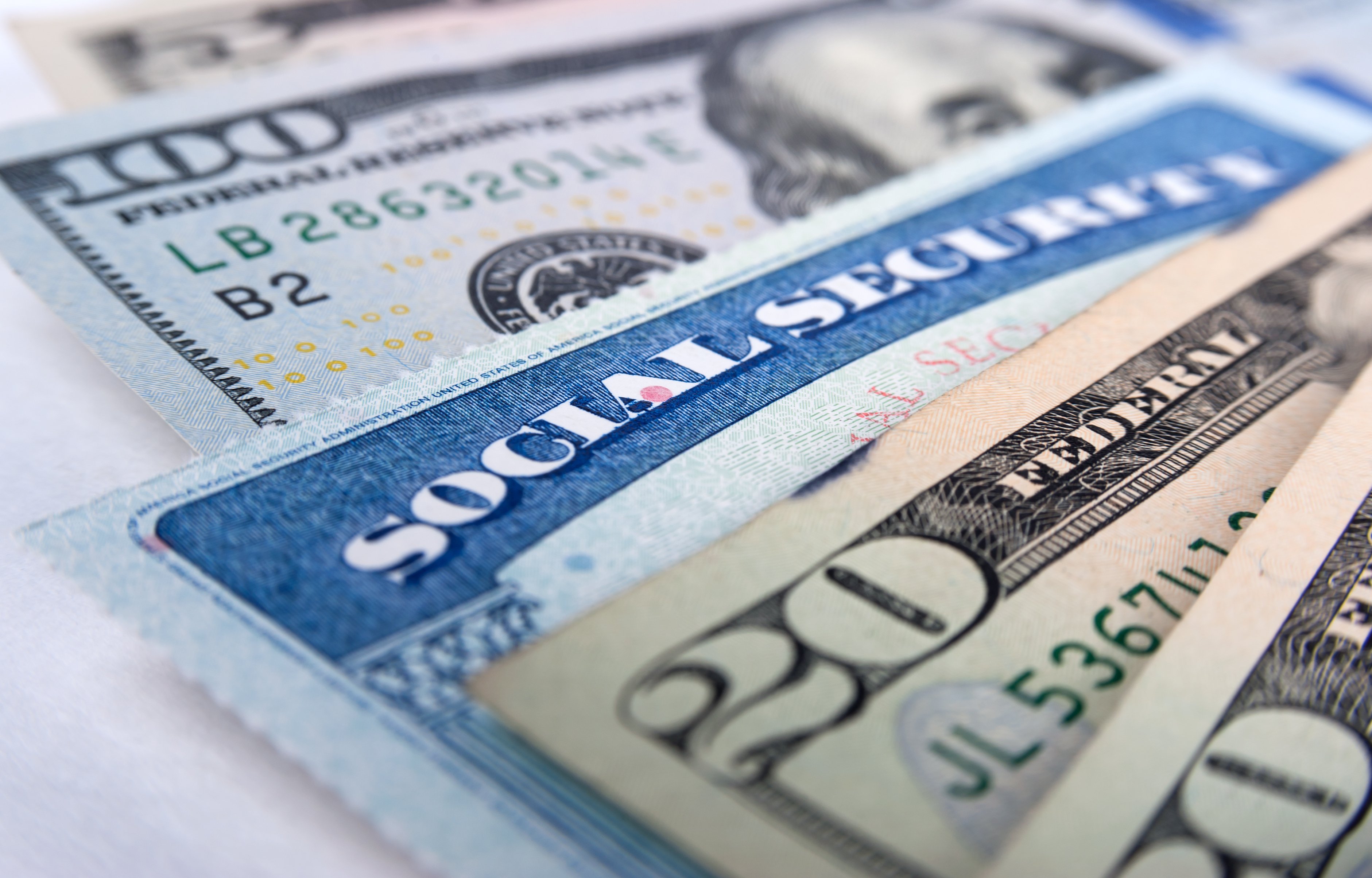Millions of seniors get health coverage through Medicare once they retire. But many make one big mistake going into their golden years: They assume that Medicare is free.
Medicare is actually made up of several distinct parts, but only one of them -- Part A -- is free. Part A covers hospital care, and technically, some people do need to pay for it, but it's free for most enrollees.
Parts B and D, however, which cover doctor visits and prescription drugs, respectively, charge enrollees a premium. The standard monthly premium for Part B is $135.50 this year, but higher earners face a surcharge that brings this number up. The cost of Part D, meanwhile, varies from plan to plan.

IMAGE SOURCE: GETTY IMAGES.
Then there's Part C, or Medicare Advantage, which is an alternative to original Medicare. Your premium costs under Part C will depend on the plan you choose, but either way, you're not getting that coverage for free.
Remember that in addition to your premium costs, you're also responsible for things like deductibles, coinsurance, and copays. The standard Part B deductible for 2019, for example, $185 per year. Once that deductible is met, you'll typically pay 20% of the Medicare-approved amount for the services you receive.
Also, keep in mind that there are several services that original Medicare won't pay for, like dental care, vision services, and hearing aids. Medicare Advantage will usually pay for these services, but you'll need to weigh your premium costs under Advantage against what you'd pay for original Medicare to see if the former is worth it.
Save for healthcare now
Since healthcare under Medicare clearly isn't free, you must make sure to save for it well in advance of retirement. A recent estimate from Fidelity puts the total amount for a 65-year-old couple to spend on healthcare in retirement at $285,000, when we account for Medicare premiums, deductibles, and other out-of-pocket costs. That's just one calculation, though. HealthView Services, a cost-projection software provider, puts this number at a whopping $363,946.
Even if you're already saving for retirement, you may want to pad your nest egg to ensure that you have enough money down the line to cover your medical costs. If you're 50 or older, you're allowed to make catch-up contributions in your IRA to the tune of an extra $1,000 per year, and if you have a 401(k), that number rises to $6,000.
Now, let's say you're 57 and have a decade until retirement. Putting an extra $1,000 a year into an IRA above what you're already saving will boost your nest egg by almost $14,000, assuming you snag an average annual 7% return on your investments during that time. Saving an extra $6,000 a year, meanwhile, will boost your retirement plan balance by almost $83,000 over 10 years, assuming that same 7% return.
Another option? Set money aside in a health savings account. If you're eligible to open one, your contributions go in tax-free, and you can then invest that money to grow your balance over time. Come retirement, you'll have the option to withdraw those funds tax-free provided they're used for qualified medical expenses.
Not everyone is eligible to contribute to a health savings account. You'll need to be enrolled in a high-deductible plan ($1,350 or more for single coverage, or $2,700 or more for a family), and you can't be enrolled in Medicare. But if the option exists, funding a health savings account is a great way to earmark funds to cover future healthcare costs. And seeing as how you'll likely face a world of expenses under Medicare, it's worth doing.





